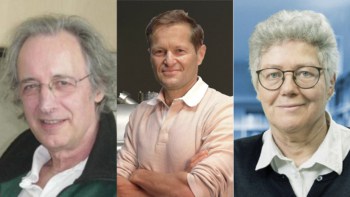Synchrotron radiation is widely used for experiments in physics and biology. However, the powerful X-ray beams from the latest "third-generation" synchrotrons place enormous demands on optical components and detectors. Now researchers at synchrotron sources in Europe and the US have achieved breakthroughs that will increase the range of experiments possible with these X-rays.
Klaus Dieter Liss from the European Synchrotron Radiation Facility in Grenoble, France, and colleagues have created a cavity that traps X-ray photons between two thin plates of silicon (Nature 404 371). The cavity is able to select a narrow band of X-ray wavelengths from the broad spectrum emitted by the source, and will also allow “pump-probe” experiments in which the sample is illuminated by short pulses at different times.
Meanwhile, Robert Schoenlein of the Lawrence Berkeley National Laboratory and colleagues have found a way to produce femtosecond (10-15 second) X-ray pulses from the Advanced Light Source (ALS) at Berkeley. The team shone femtosecond laser pulses onto bunches of electrons trapped in the ALS storage ring. The high electric fields in the laser pulse modulated the energy of the electrons as they passed through a device called a ‘wiggler’. This modulation boosted the electrons into a slightly wider orbit, from which they were able to generate ultrashort X-ray pulses (Science 287 2237).



